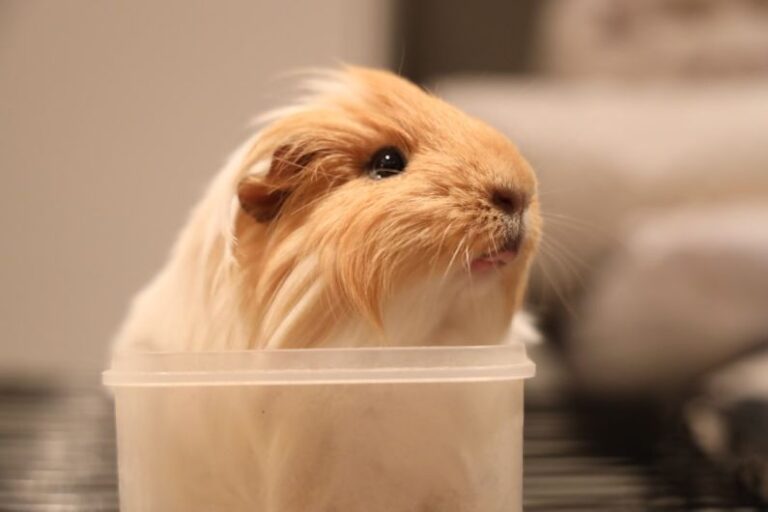
Dwarf hamsters are small, adorable creatures that make fantastic pets for individuals of all ages. Despite their diminutive size, these tiny rodents possess a range of unique features that set them apart from other hamster breeds. From their compact stature to their playful nature, dwarf hamsters have become increasingly popular as pets due to their charming characteristics. In this article, we will delve into the distinctive traits that make dwarf hamsters so special.
Physical Characteristics
Dwarf hamsters are known for their small size, typically ranging from 2 to 4 inches in length. Their compact bodies are complemented by a short, furry tail and round, beady eyes. One of the most striking features of dwarf hamsters is their distinctive pouches located on both sides of their cheeks. These pouches serve as storage compartments for food, allowing the hamsters to transport and store their snacks efficiently.
Variety of Breeds
There are several different breeds of dwarf hamsters, each with its own unique characteristics. The most common types of dwarf hamsters include the Campbell’s dwarf hamster, the Winter White dwarf hamster, and the Roborovski dwarf hamster. Campbell’s dwarf hamsters are known for their vibrant coat colors, while Winter White dwarf hamsters can change the color of their fur in response to the changing seasons. Roborovski dwarf hamsters, on the other hand, are the smallest of the dwarf hamster breeds and are renowned for their high energy levels.
Social Behavior
Dwarf hamsters are social animals that thrive in the company of their own kind. Unlike Syrian hamsters, which are solitary creatures, dwarf hamsters are more sociable and can be kept in same-sex pairs or small groups. However, it is crucial to introduce them gradually to prevent any potential conflicts. Dwarf hamsters engage in various social behaviors, such as grooming each other and playing together, which helps strengthen their bonds and promote a sense of camaraderie within the group.
Nocturnal Creatures
One unique feature of dwarf hamsters is their nocturnal nature. These small rodents are most active during the night, spending their days sleeping and conserving energy. As a result, owners may notice their dwarf hamsters becoming more active in the evenings, displaying behaviors such as running on their exercise wheel or burrowing in their bedding. Providing ample opportunities for physical activity during the night is essential to ensure the well-being and happiness of dwarf hamsters.
High Energy Levels
Despite their small size, dwarf hamsters are energetic creatures that require regular exercise to stay healthy. Providing them with a spacious cage equipped with toys, tunnels, and an exercise wheel is essential to prevent boredom and encourage physical activity. Dwarf hamsters are natural explorers and enjoy investigating their surroundings, so creating a stimulating environment with plenty of enrichment opportunities is key to keeping them engaged and content.
Unique Dietary Needs
Dwarf hamsters have specific dietary requirements that differ from other hamster breeds. It is essential to provide them with a balanced diet consisting of high-quality hamster pellets, fresh vegetables, fruits, and occasional treats. Additionally, dwarf hamsters need access to fresh water at all times to stay hydrated. Avoid feeding them sugary or fatty foods, as these can lead to health issues such as obesity and dental problems. Consulting with a veterinarian about the best diet for your dwarf hamster is recommended to ensure they receive the necessary nutrients for optimal health.
In conclusion, dwarf hamsters possess a range of unique features that make them delightful pets for individuals seeking a small, charming companion. From their compact size and social nature to their high energy levels and nocturnal habits, dwarf hamsters have captured the hearts of pet owners around the world. By understanding and appreciating the distinctive traits of dwarf hamsters, owners can provide a nurturing environment that promotes their well-being and allows them to thrive in captivity.





